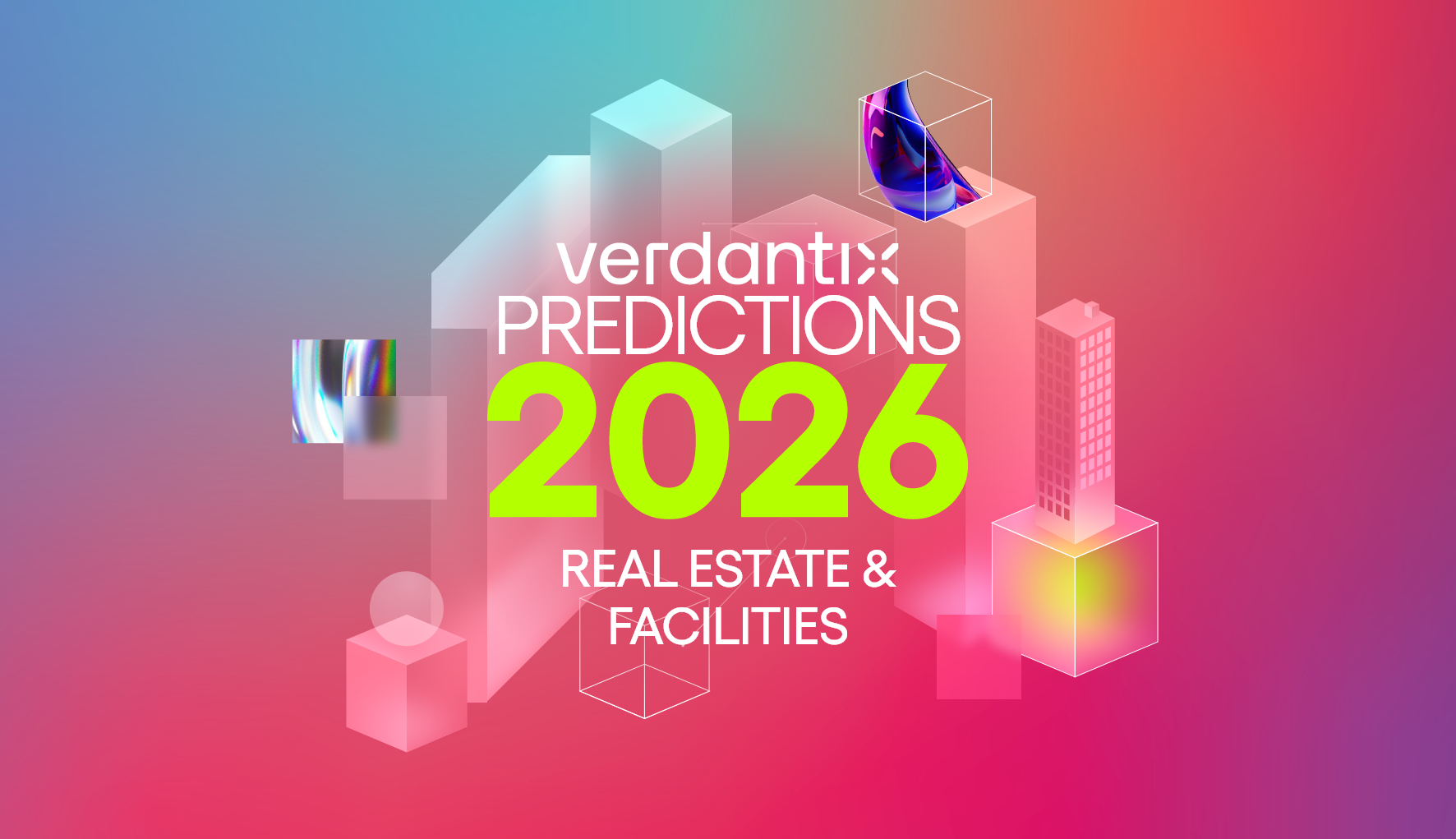The Next Era Of Real Estate: 10 Predictions Redefining Construction, Cities And Sustainability In 2025
The real estate industry is entering a transformative era in 2025. From AI-powered tools and sustainability revolutions to shifting geopolitical dynamics, this year promises to reshape how we live, work and build. Whether you’re a property owner, business leader, or innovator, the Verdantix research team’s 10 predictions for 2025 will provide a glimpse into where the industry is heading, the challenges it faces, and opportunities for how to stay ahead.
1. The great office divide: smart buildings leave others in the dust
Would you pay more for a workspace that’s smart, sustainable and packed with perks? Many already are: Grade A offices now dominate 77% of leases in London. Tenants crave eco-certified, high-tech workplaces, paying up to 12% more for these spaces. Landlords must adapt accordingly or see their buildings – and their profits – left in the dust.
2. Capital project tools: smart upgrades for a greener future
As sustainability takes centre stage, demand for advanced capital project tools is surging. These platforms integrate data – such as energy use, occupancy and floor plans – to support smarter investment decisions. With retrofits saving between 10% and 40% in energy costs, a flood of RFPs for project management software will reshape large-scale project planning in 2025.
3. Mid-market tech: small players, big moves
Smaller firms, like KMC Controls and Nantum AI, are leveraging scalable tools to challenge industry giants. This democratization of technology is reshaping the landscape, but global political forces – such as incentives for innovation or regulatory hurdles – could influence its trajectory. The revolution is here, but its future remains uncertain.
4. Construction management software: building under pressure
US construction firms will increase reliance on CMS by at least 8%, due to escalating costs, labour shortages and geopolitical challenges. Plans to deport undocumented workers – who make up 14% of the US workforce – and tariffs of up to 60% on Chinese materials will strain supply chains further. With shrinking vendor options, CMS adoption will surge as firms strive to manage timelines and costs. Efficient construction management will be essential for staying profitable in an increasingly complex market.
5. CMS consolidation: big fish, small pond
Consolidation in the CMS market is accelerating, with top-tier providers like Autodesk, Hilti and Nemetschek expanding their offerings. This trend widens the gap between dominant and smaller vendors, driven by demand for integrated, cloud-enabled platforms. What does this mean for buyers? Fewer options mean higher stakes.
6. AI’s moment: from buzzword to building hero?
AI is revolutionizing construction, energy and maintenance, with tools like occupancy forecasting and maintenance prediction leading the charge. In 2025, a surge of AI solutions will move from the testing phase to commercial use. But here’s the catch: without trust and proven results, these tools risk falling flat.
7. Proactive maintenance: out with breakdowns, in with efficiency
Say goodbye to breakdowns. In 2025, real-time data and AI-powered tools like digital twins and fault detection are reshaping maintenance. Decision-makers will swap outdated systems for cutting-edge solutions, transforming facilities into well-oiled machines. This shift is creating smarter, leaner operations that reduce downtime and boost reliability, paving the way for a downtime-free future.
8. Energy managers: you’re hired!
Energy management has become a corporate priority across a broad range of organizations, with related job roles set to double in 2025. Giants like Meta and Disney are hiring, while smaller firms turn to outsourcing for help navigating net zero goals and energy security concerns. Modern facilities demand expertise – whether in-house or outsourced – to meet the rising complexities brought on by climate risk and power procurement advancements.
9. Decarbonization software: prove or perish
Real estate firms are testing decarbonization tools to set, track and verify sustainability targets. These platforms must deliver accurate forecasts, support CAPEX planning and prioritize retrofits. With high-stakes projects on the line, the next three years will define winners and losers in this competitive battleground.
10. CPIP and IoT platforms: the battle for integration
The lines between CPIP/IWMS and IoT platforms will blur as vendors race to dominate. IoT platforms excel at real-time control and analytics, while CPIPs leverage portfolio-level data. The winner will seamlessly combine static and live data into workflows, dividing tech-enabled buildings from those left behind. As the battle intensifies, one question remains: which platform will define real estate’s digital future?
Real estate in 2025 isn’t just about bricks and mortar – it’s about driving innovation, embracing sustainability and leveraging technology amid dynamic political and regulatory landscapes.
To gain deeper insight into the predictions made by Verdantix for real estate and the built environment, sign up to our webinar on January 22nd at 4pm GMT (11am EST) – Predictions 2025: Real Estate & Built Environment – and read Market Insight: 10 Predictions For Real Estate & The Built Environment In 2025 And Beyond.
About The Author

Sophia Shakur
Industry Analyst





